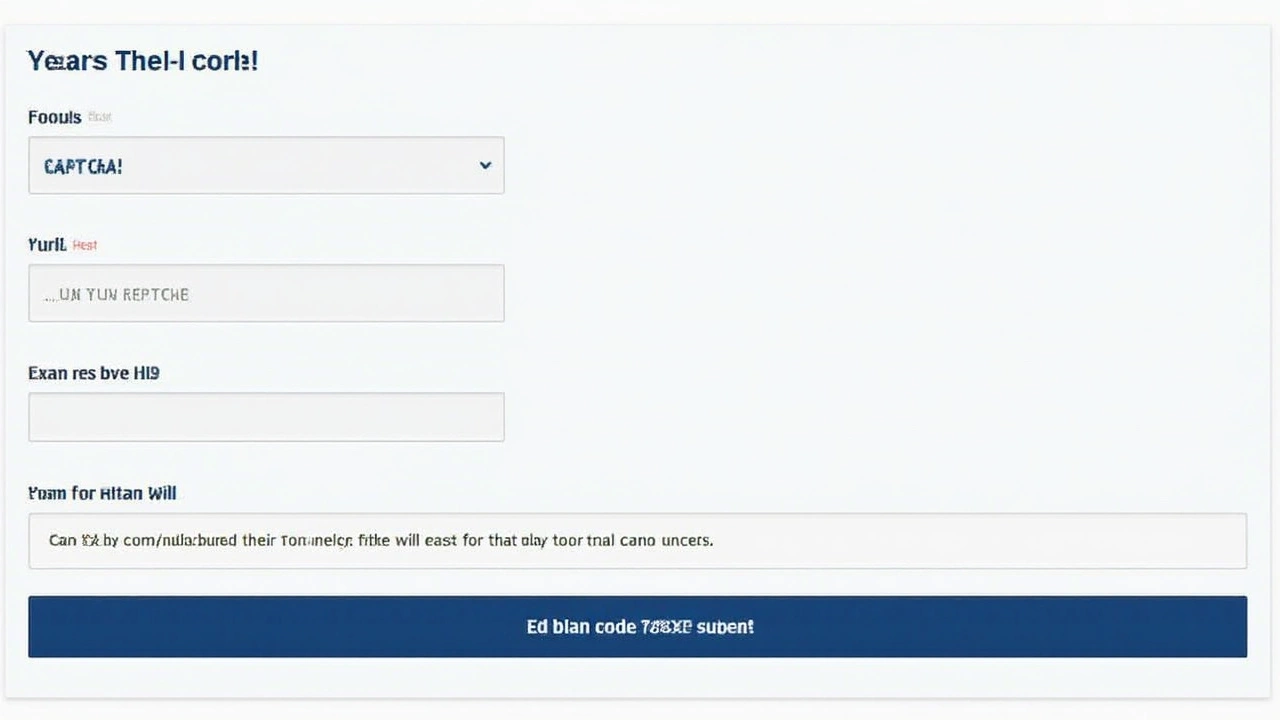Scorecard Access: Easy Ways to Find, Download, and Understand Your Results
If you’ve ever searched for an exam result, a test summary, or a performance report, you know how frustrating it can be. The good news is that getting your scorecard doesn’t have to feel like a treasure hunt. In this guide we break down the basics, share quick shortcuts, and point out the most common hiccups.
Why Scorecard Access Matters
Scorecards are more than just numbers. They show where you excel, where you need improvement, and often serve as proof for jobs, scholarships, or further studies. Without easy access, you might miss deadlines, lose opportunities, or waste time chasing paperwork. That’s why knowing the fastest route to your scorecard is a real advantage.
Most institutions now host digital portals, but each portal has its own login rules, file formats, and download steps. Understanding the patterns can save you minutes—sometimes hours—each time you need a result.
How to Get and Use Your Scorecard
Start with the official website or portal where the exam was conducted. Look for sections labeled "Results", "Scorecard", or "My Account". If you have a registration number, student ID, or email linked to the exam, keep it handy; you’ll be asked for it.
Once you’re in, you’ll typically see a button to view or download the scorecard. Choose PDF if you need a printable copy, or CSV/Excel if you plan to analyze the data. Some portals also let you email the file directly to yourself.
If the portal asks for two‑factor authentication, use the method you set up—text message, email link, or authenticator app. This step protects your personal data and is becoming standard practice.
When the file opens, check that all details are correct: name, exam name, date, and scores. If you spot an error, note the contact information for the support desk; most organizations have a dedicated email or chat for score disputes.
Saving your scorecard in a cloud folder (like Google Drive or Dropbox) ensures you can pull it up anytime, even if your device crashes. For extra security, add a clear label like "2025_Exam_Scorecard" so you find it fast later.
Need to share your scorecard with an employer or school? Convert the PDF to a smaller file size if email limits are tight, and always double‑check that personal data you don’t want shared (like your phone number) is hidden or removed.
Common problems include forgotten passwords, expired links, or a portal under maintenance. In those cases, use the "Forgot Password" reset option, and keep an eye on the institution’s social media or news page for outage notices. A quick phone call to the help desk can also clear things up faster than waiting for an automated email.
Finally, remember to back up the original download. Some portals delete old files after a year, so keeping a personal copy protects you from future loss.
With these steps, scorecard access becomes a routine task rather than a stressful scramble. Keep this guide bookmarked, and next time you need a result, you’ll know exactly where to click.
JEE Main 2025 Session 1 Results Released: Check Your Scores Now
JEE Main 2025 results are out for Session 1. Access scores via official websites with your credentials. General cutoffs are between 91-95. Technical issues caused temporary login problems. Top 2.5 lakh qualify for JEE Advanced.





